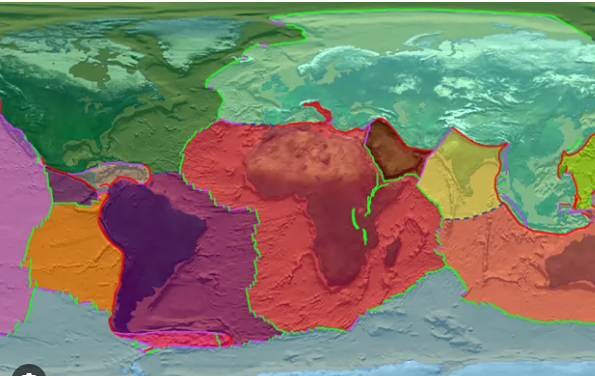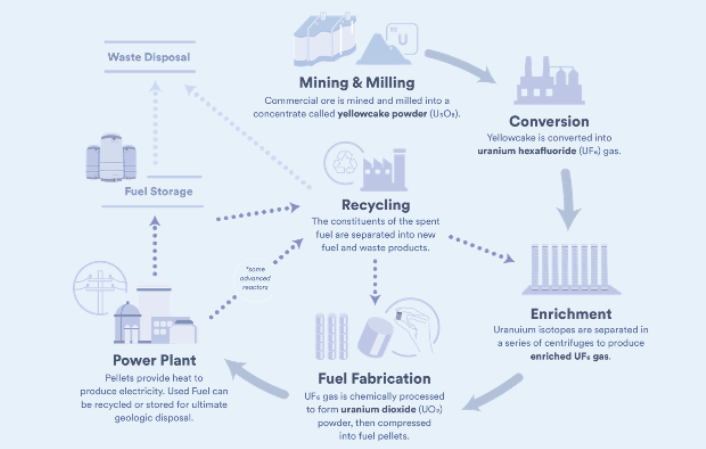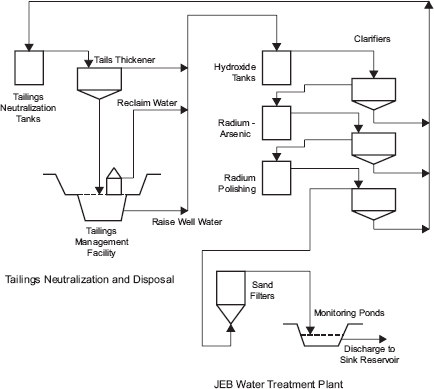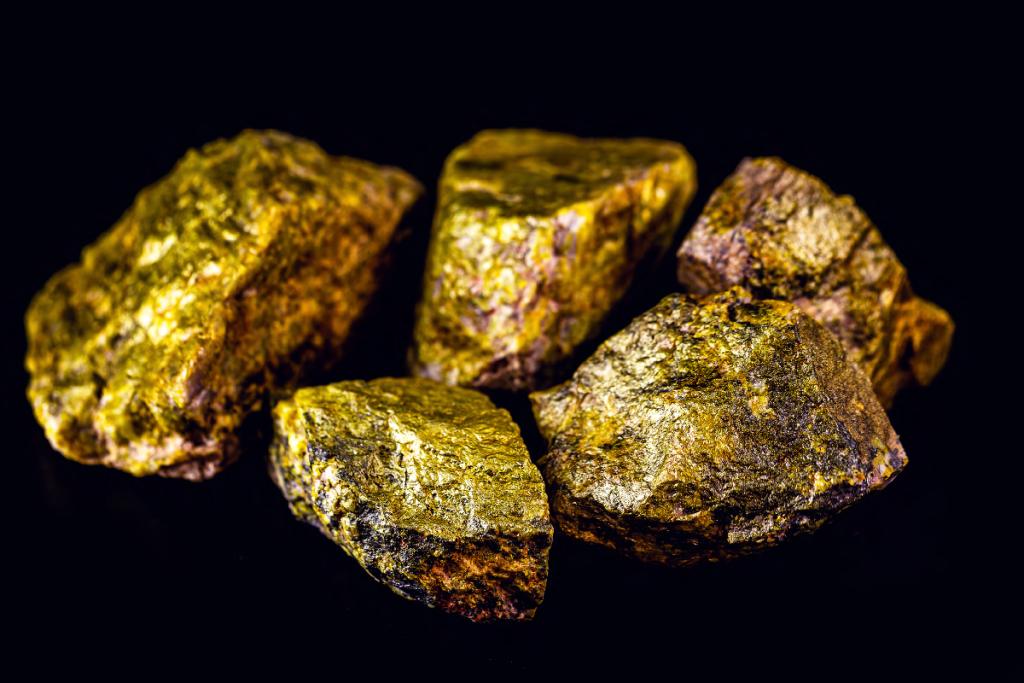How Tectonic Plates Shaped Earth’s and Created Magnificent Rock Formations

Tectonic plates, which divide the Earth’s crust into numerous massive sections, interact with one another to produce a continually shifting landscape.
The globe is shaped by the integration, deviation, and sliding of the plates against each other, creating the magnificent landscapes of our planet.
Come along on this journey with Zik Natural Resources, as this article explores the detailed and interesting workings of tectonic plates and how they have a significant influence on the planet’s magnificent rock formations.
Types Of Tectonic Plate Boundary
The massive sections that make up the Earth’s crust are referred to as tectonic plates. Divergent, convergent, and transform borders are the three primary forms of boundaries in which these plates interact.
- Tectonic plates that drift apart create Divergent Boundaries. The Earth’s crust splits because of this movement, allowing magma to rise and produce new crust. The Middle Atlantic Ridge, which is found the North American and Eurasian plates are separating and creating new crustal layers beneath the oceans, known as divergent boundary.
- Convergent Boundaries result from the collision that occurred between two tectonic plates. There are three subcategories of convergent boundaries: oceanic-oceanic, oceanic-continental, and continental-continental, depending on the kind of crust involved. A zone of subduction is created when an oceanic plate meets another oceanic plate or a continental plate. Volcanic arcs, like the notorious Ring of Fire surrounding the Pacific Ocean, are created when the denser plate, sinks beneath the other.
- Transform Boundaries arise from the horizontal sliding of tectonic plates past one another. Strong friction is a defining feature of these boundaries, which can cause strong earthquakes. An example of this is the San Andrea Fall very close to San Francisco, in the United States of America.
Subscribe to www.zikresources.com for more valuable content.
The Mechanism of Plate Tectonics and its Effects on Landforms
A scientific theory known as plate tectonics describes how the tectonic plates of planet Earth move around and react. The mantle of the Earth’s convection currents, which drive the plates to move, is the first step in the process.
Different geological features are produced when the plates move separately, come into contact, or move past one another.
- Magma increases to the surface of the earth and melts when tectonic plates diverge, forming new crust. Mid-ocean ridges are underwater mountain ranges created by this technique
- On the other hand, tectonic plate convergence results in subduction, or the forcing of one plate underneath the other. Mountain ranges may rise because of this subduction, as well as volcanic arc formation.
- Strike-slip faults, in which rocks slide horizontally on both sides of the fault, are caused by transform boundaries. These faults have the power to significantly shift land and create valley.
Subscribe now to www.zikresources.com for educative content.
The Impacts of Tectonic Plates on The Creation of Valleys and Mountains
The mountains and valleys are primarily formed by the collisions and compaction of tectonic plates.
The Earth’s crust is lifted and deformed by the enormous forces created during these processes, creating several of the planet’s most breathtaking scenery.
- Due to their equal densities, when two continental plates meet, none can sink beneath the other. Rather, the plates bend and collapse, forming enormous mountain ranges.
- On the other hand, valleys are frequently formed in regions in which tectonic plates are diverging or passing one another. The area between two perpendicular faults may sink as the Earth’s crust extends or slides laterally, producing rift valley.
In conclusion, the study of tectonic plates and how they affect the spectacular rock formations on Earth reveals the immense power of natural forces that shaped our planet.
We can grasp the ever-changing character of our planet’s landscapes by comprehending the various forms of tectonic plate borders and the accompanying geological features.
Let’s acknowledge and preserve these natural treasures as we continue to study Earth’s geological landscape, appreciating how dynamic the planet’s ever-changing landscapes are.
Do you need more information about Natural resources, contact www.zikresources.com







